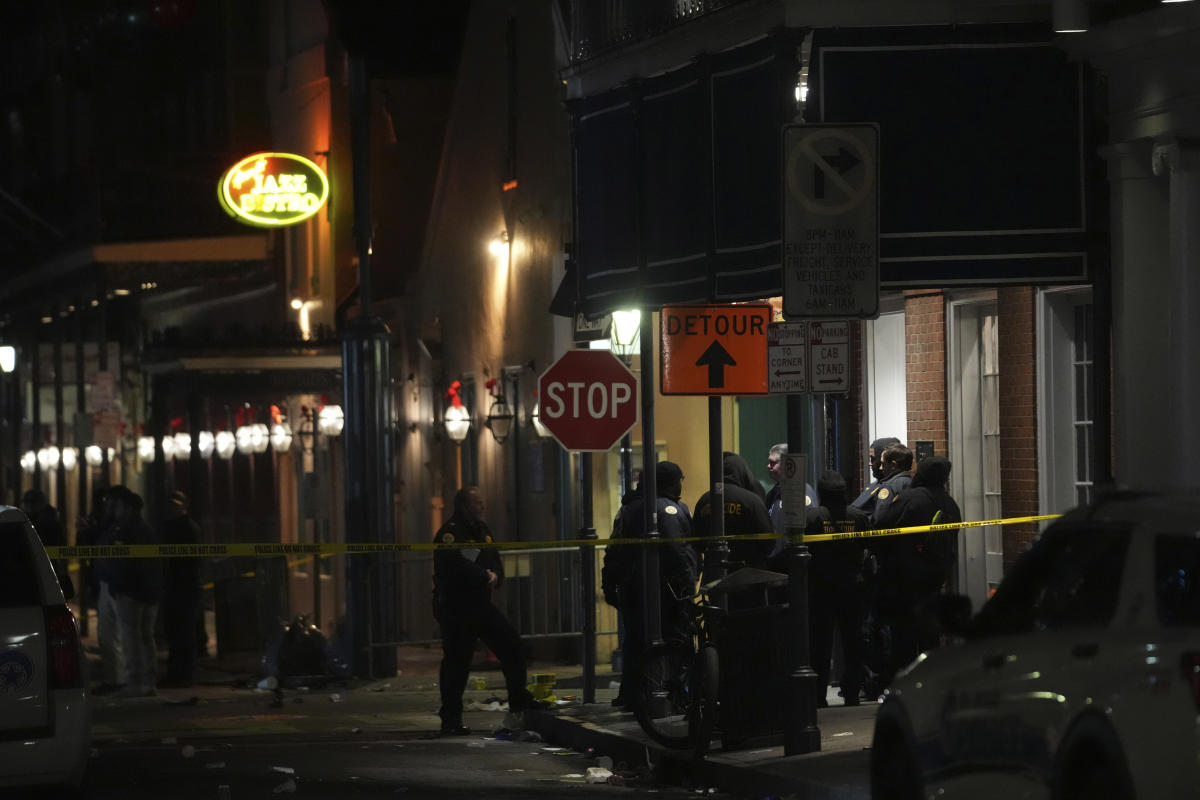The confusion over the fingerprints lifted from the Bandra residence of actor Saif Ali Khan on January 16 prompted CM Devendra Fadnavis to ask the Mumbai Police Commissioner to give details to the media regarding the probe.
Senior Mumbai police officials have not clarified whether fingerprints lifted from the crime scene have matched that of accused Shariful Islam. However, they said not all fingerprints need to match that of the accused.
Here is a look at how fingerprint analysis works.
What is the controversy?
A controversy was sparked after some media reports claimed that the 19 fingerprints lifted from the crime scene did not match that of Shariful Islam, who allegedly stabbed Saif Ali Khan.
Although police have not denied the reports, sources told The Indian Express that it is not necessary that all the 19 fingerprints will match that of the accused. The police have claimed that they have enough evidence to prove that Shariful carried out the attack.
Mumbai police have also said that they have sent Shariful’s fingerprints to CID for analysis, and the report is awaited.
How do law enforcement agencies use fingerprints to establish the role of the accused?
Law enforcement agencies can lift fingerprints from a crime scene. In Maharashtra, this is done by either the state CID’s fingerprint experts or those who have been trained to do so by the CID.
Prints are often lifted from glass, metal, and plastic surfaces. Typically, the most vital part of the fingerprint is the top one-third part of the finger which has grooves.
Once prints are lifted, they are either digitally checked with the fingerprints of the accused or by a CID fingerprint expert, who can use the database of fingerprints of other accused arrested earlier. According to the Identification of Prisoners Act, law enforcement authorities can store the fingerprints of persons arrested in cases that carry a punishment of more than one year.
The Henry classification system is then used according to which there should be a match of 10 points for a fingerprint to be termed as a positive match, an official earlier overseeing the fingerprint bureau in CID told The Indian Express. In cases where the samples are smudged, the result is inconclusive.
Do all fingerprints at the crime scene have to match to establish the presence of the accused at the crime scene?
No. A crime scene could have fingerprints of several people apart from that of the accused and the victim. The police just require the fingerprints of the accused to establish their presence at the crime scene.
The recent Saif Ali Khan stabbing case has once again highlighted the crucial role of law enforcement agencies in solving crimes. One of the key tools that they use in their investigations is fingerprints.
Fingerprints have been used as a method of identification for over a century, and they continue to be one of the most reliable forms of evidence in criminal investigations. Law enforcement agencies collect fingerprints from crime scenes, victims, and suspects, and use them to match against a database of known prints.
When a suspect is apprehended, their fingerprints are taken and compared to those found at the crime scene. If there is a match, it can provide irrefutable evidence linking the suspect to the crime. In the case of the Saif Ali Khan stabbing, fingerprints found at the scene could potentially lead to the identification and apprehension of the perpetrator.
Law enforcement agencies also use fingerprints to track the movements of suspects and establish timelines of events. By analyzing fingerprints found at multiple crime scenes, investigators can link different crimes to the same perpetrator.
Overall, fingerprints play a critical role in helping law enforcement agencies solve crimes and bring perpetrators to justice. The use of this reliable and time-tested form of evidence is essential in ensuring that justice is served in cases like the Saif Ali Khan stabbing.
Tags:
Saif Ali Khan stabbing case, law enforcement agencies, fingerprints, solve crimes, forensic evidence, criminal investigation, crime scene analysis, DNA analysis, crime solving techniques, investigative procedures, criminal justice system.
#Saif #Ali #Khan #stabbing #case #law #enforcement #agencies #fingerprints #solve #crimes #Explained #News
















